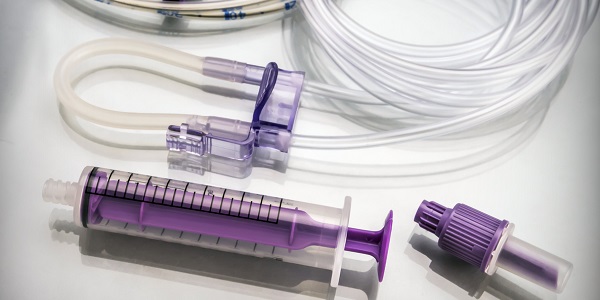Preliminary Guidelines on Phthalates in Medical Devices

In mid-March of this year, the European Commission issued a public consultation on phthalates in medical devices. If your company markets or intends to market in Europe a medical device containing phthalates, you may already be aware of this consultation; if not, you need to be aware of it. This is because the purpose of the public consultation is to inform interested parties of a preliminary version of the “Guidelines on the benefit-risk assessment of the presence of phthalates in certain medical devices covering phthalates which are carcinogenic, mutagenic, toxic to reproduction (CMR) or have endocrine-disrupting (ED) properties.” The guidelines were published by the European Commission and its Scientific Committee on Health, Environmental and Emerging Risks (SCHEER).
The deadline for submitting comments on the preliminary guidelines is 29 April 2019, 23:59 (CET). Links to the electronic template and guidelines for submission of comments are provided on the European Commission webpage announcing the public consultation.
The guidelines are required to be developed by the Medical Device Regulation (MDR; EU 2017/745) in Annex I, General Safety and Performance Requirements, Section 10.4.3, Guidelines on phthalates. Thus, when made final, they are intended to be used by manufacturers, notified bodies, and regulatory bodies. This means that in Europe, the guidelines will represent the “gold standard” for meeting MDR requirements related to phthalates in medical devices. Thus, manufacturers will find it difficult to adopt an alternative approach, unless it is more rigorous, to demonstrate compliance with MDR requirements on phthalates.
The MDR introduces important new requirements for phthalates, which are widely used in medical devices as softening agents for certain types of plastic. The new requirements include the need for a justification of the presence in certain types of medical devices of phthalates considered to be carcinogenic, mutagenic, toxic to reproduction, or to have endocrine-disrupting properties (CMR/ED) above the concentration of 0.1% weight by weight (w/w). The affected devices are those which:
- are invasive and come into direct contact with the human body,
- (re)administer medicines, body liquids or other substances, including gases, to/from the body, or
- transport or store such medicines, body fluids or substances, including gases, to be (re)administered to the body.
The justification for using CMR/ED substances above 0.1% w/w in a medical device must be based on an analysis and estimation of potential patient and user exposure, an analysis of possible alternatives, an argumentation why possible alternatives are inappropriate, and on the latest scientific committee guidelines. Thus, the preliminary guidelines provide guidance on benefit-risk considerations, including how, for an individual device, to:
- analyse and estimate potential patient or user exposure to the substance,
- analyse possible alternative substances, materials, designs, or medical treatments,
- justify why possible substance and/or material substitutes, if available, or design changes, if feasible, are inappropriate in relation to maintaining the functionality, performance and the benefit-risk ratios of the product, including taking into account if the intended use of such devices includes treatment of children, pregnant or breastfeeding women, or other patient groups considered particularly vulnerable to such substances and/or materials.
The new requirements on phthalates and methods being proposed for addressing them will represent significant additional work and a possible need for additional resources for many manufacturers. This means that review and comment, if possible, on the preliminary guidelines is in the best interest of manufacturers of devices containing phthalates and all involved parties.
Author: Maria E. Donawa, M.D., is President of Donawa Lifescience Consulting, Rome, Italy, a full service CRO in Europe and North America, and provider of in-depth assistance to clients in all aspects of US and European regulatory and quality system requirements for medical devices, including IVD medical devices.
Request more information today for a call back from a member of our sales team so that you can get a better understanding of how Compliance Navigator can meet your needs.
The Compliance Navigator blog is issued for information only. It does not constitute an official or agreed position of BSI Standards Ltd or of the BSI Notified Body. The views expressed are entirely those of the authors.

